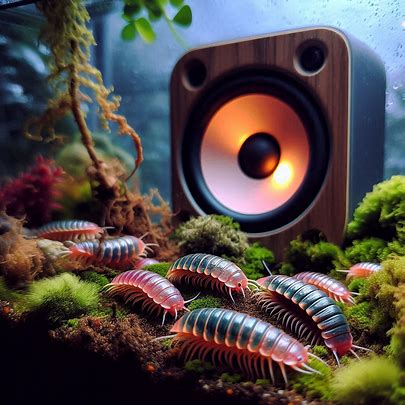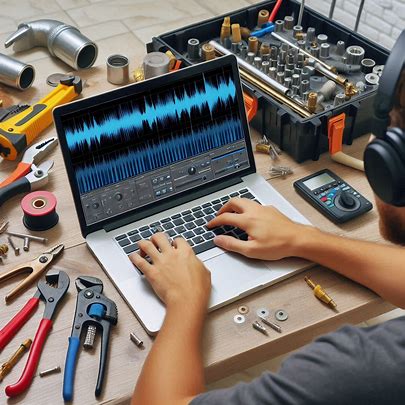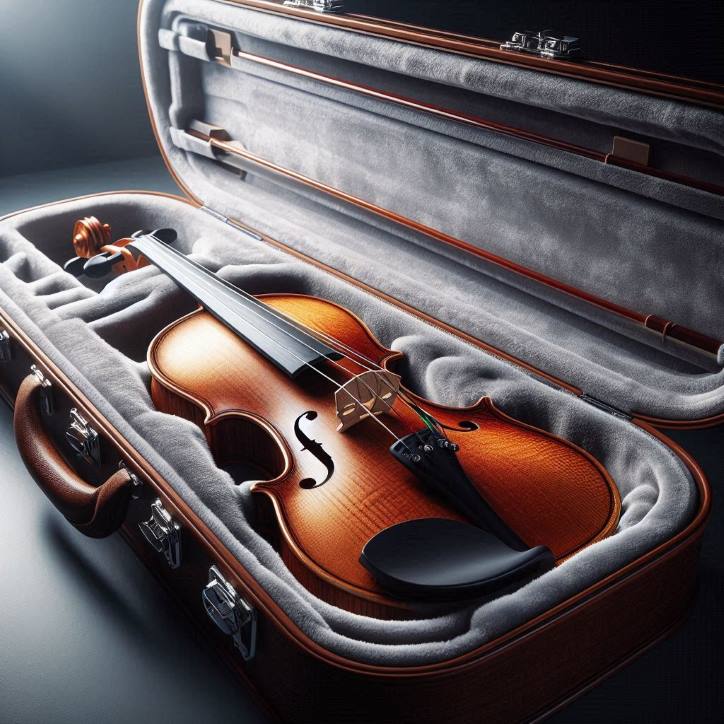Soundtracks of Tomorrow: How 123Movies Inspires a New Wave in Music-Driven Cinema
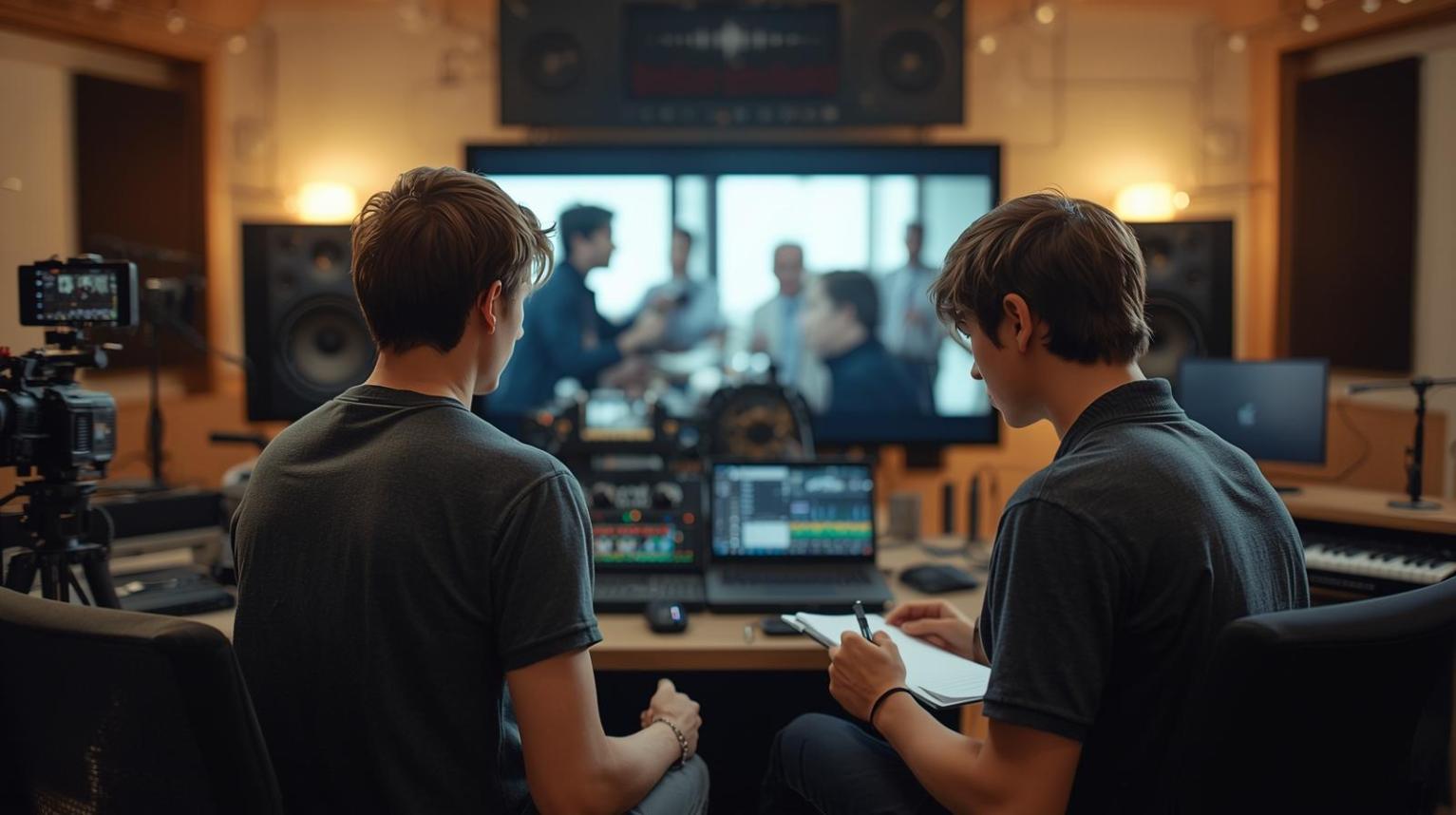
Ninety years after the invention of the silent cinema, which by itself was an artistic symbiosis of music and film, the art of motion pictures and sound has reached the heights of an independent art form.
Music still plays an essential role, but the rhythm and flow of cinema have artistic primacy. As independent as the art of motion pictures and sound has become, melody still plays a prominent role, and the whole is greater than the sum of the parts.
Platforms such as 123Movies free movies online have unexpectedly become mirrors reflecting how music-driven cinema continues to evolve in accessibility, creativity, and global reach.
The Decline of ‘Theatrically’ and ‘Easily’ Attainable
Alongside the development of sophisticated technologies, the world has witnessed the underlying establishment of an entire civilization. More intelligent civilizations rely on the sound of music with motion pictures.
These motion picture masterpieces, when combined with sound, transcend the confines of the theater and form the foundation of these independent artworks.
Instead of being confined to the style of silent cinema, these masterpieces of motion pictures geared to the sound of music, coupled with sound, form the structure of these independent artworks.
The world of classical and modern motion pictures ideally synchronized with music has become an ocean of inspiration for emerging filmmakers. It serves to systematize complex notions of rhythm, timing, and storytelling, which often go hand-in-hand with the art of cinema.
Textbooks fail to explain these notions, but the silent cinema serves as a perfect reference for the principles of rhythm.
The Digital Influence on Sound Design and Storytelling
The availability of worldwide content has compelled directors and composers to shift their focus and approach. A movie is never only viewed. It is also listened to. Storytelling has now integrated the skillful weaving of background music, ambient sounds, and vocal tracks.
Through digital distribution, even independent creators can now experiment with music-led narratives without the need for support from a major studio.
Numerous creators acknowledge the role of online platforms in understanding and remixing aged cinematic practices. The process of crafting a new blueprint for sound-centric cinema involves the study of how various genres employ sound, from the suspenseful silence of thrillers to the blaring crescendos of concert films.
ALSO READ: 5 Powerful Ways Music Elevates the Impact of Sports Broadcasts
Democratizing Musical Storytelling
The proliferation of digital films has removed the gatekeepers to musical storytelling. Emerging artists are uninterested in personal self-expression and sound.
They are blending in innovative ways to create new forms of short music films. In some cases, streaming platforms, though unofficial, have surprising outcomes in getting this new artistic work to the world.
This access fosters a new ecosystem. Filmmakers work with musicians, editors, and sound engineers. It demonstrates that music-driven cinema is more than entertainment. It offers insights into the creative potential of the medium.
Potential Developments in Film and Sound
The constant evolution of cinema is most likely going to integrate watching a film and a concert into a single immersive experience. Concepts like immersive storytelling, spatial audio, and immersive experiences are changing the definition of ‘listening to a movie.’
Film and music will ignite the imagination of a generation with digital access as they create, not from sound, but from the very absence of silence.
The fusion of film and music is a sheer testimony to art’s most monumental collaborations. Although the medium of transmission may alter, the very core of the art will always be emotion, rhythm, and imagination, which will always resonate with every single person.



 Music and tile cleaning seem like two unrelated things. One is an art form that touches emotions, while the other is a household task. But when combined, tile cleaning Sunshine Coast and music can turn a dull cleaning chore into a more enjoyable and productive experience. Whether you’re scrubbing the bathroom floor or polishing kitchen tiles, the right playlist can make a huge difference in your mood and energy.
Music and tile cleaning seem like two unrelated things. One is an art form that touches emotions, while the other is a household task. But when combined, tile cleaning Sunshine Coast and music can turn a dull cleaning chore into a more enjoyable and productive experience. Whether you’re scrubbing the bathroom floor or polishing kitchen tiles, the right playlist can make a huge difference in your mood and energy. Musicians thrive on visibility. Whether it’s an album drop or a tour stop in New York City, standing out in a crowded market is key. Bold, high-quality banners offer a powerful way to capture attention and make a lasting impression. From indie artists to major record labels, banners are a go-to tool for promoting music releases and live shows. They’re versatile, eye-catching, and perfect for creating buzz in a city that never sleeps.
Musicians thrive on visibility. Whether it’s an album drop or a tour stop in New York City, standing out in a crowded market is key. Bold, high-quality banners offer a powerful way to capture attention and make a lasting impression. From indie artists to major record labels, banners are a go-to tool for promoting music releases and live shows. They’re versatile, eye-catching, and perfect for creating buzz in a city that never sleeps. Sound treatment comes in various forms, and each one of them has advantages:
Sound treatment comes in various forms, and each one of them has advantages: Jeju Island’s nightlife hums with a unique rhythm. Tucked away from the bustling streets of Seoul, this volcanic paradise has carved out a niche for immersive, music-driven experiences in its themed lounges and private rooms. These spaces, often called “healing rooms,” blend carefully curated soundscapes with striking aesthetics to create moments of escape and connection. Visitors don’t just hear music; they feel it, as every note is tailored to the vibe of the room. From jazz to electronic beats, Jeju’s healing rooms are redefining how music shapes atmosphere and emotion.
Jeju Island’s nightlife hums with a unique rhythm. Tucked away from the bustling streets of Seoul, this volcanic paradise has carved out a niche for immersive, music-driven experiences in its themed lounges and private rooms. These spaces, often called “healing rooms,” blend carefully curated soundscapes with striking aesthetics to create moments of escape and connection. Visitors don’t just hear music; they feel it, as every note is tailored to the vibe of the room. From jazz to electronic beats, Jeju’s healing rooms are redefining how music shapes atmosphere and emotion.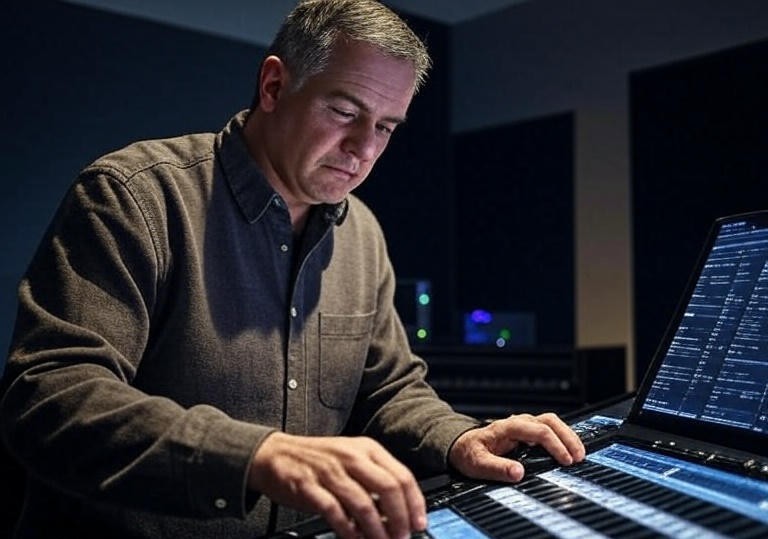
 If you’re in a band and trying to grow your audience, music directories can be a great tool—if you’re showing up in the right ones. The truth is, most musicians don’t derive much value from directories because they either choose the wrong ones or submit their information in a way that doesn’t get noticed. A good example is 링크모음, which shows how being listed in the right place can make all the difference in visibility.
If you’re in a band and trying to grow your audience, music directories can be a great tool—if you’re showing up in the right ones. The truth is, most musicians don’t derive much value from directories because they either choose the wrong ones or submit their information in a way that doesn’t get noticed. A good example is 링크모음, which shows how being listed in the right place can make all the difference in visibility. Keeping carpets clean is a regular part of home care. But let’s be honest—it’s not always the most exciting task. One way to make it better? Turn up the music. Whether you regularly have your carpets cleaned with a machine or doing a quick vacuum, music can turn a dull chore into something more enjoyable. In this blog, we’ll explore how music can improve your cleaning mood and even boost how well you clean your carpets.
Keeping carpets clean is a regular part of home care. But let’s be honest—it’s not always the most exciting task. One way to make it better? Turn up the music. Whether you regularly have your carpets cleaned with a machine or doing a quick vacuum, music can turn a dull chore into something more enjoyable. In this blog, we’ll explore how music can improve your cleaning mood and even boost how well you clean your carpets. The lion dance is more than just a colorful performance. It is a cultural tradition performed by a lion dance troupe that brings energy, luck, and celebration to events. Whether during Chinese New Year, weddings, or store openings, the lion dance is a familiar sight. But behind every leap and stomp is something that makes the performance come alive—music.
The lion dance is more than just a colorful performance. It is a cultural tradition performed by a lion dance troupe that brings energy, luck, and celebration to events. Whether during Chinese New Year, weddings, or store openings, the lion dance is a familiar sight. But behind every leap and stomp is something that makes the performance come alive—music.